What Is Cilantro? (It's Not a Spice!)
If you've ever bitten into a taco or sipped on a margarita, chances are you've tasted cilantro without even knowing it! But what exactly is this vibrant green herb that splits opinions like pineapple on pizza?
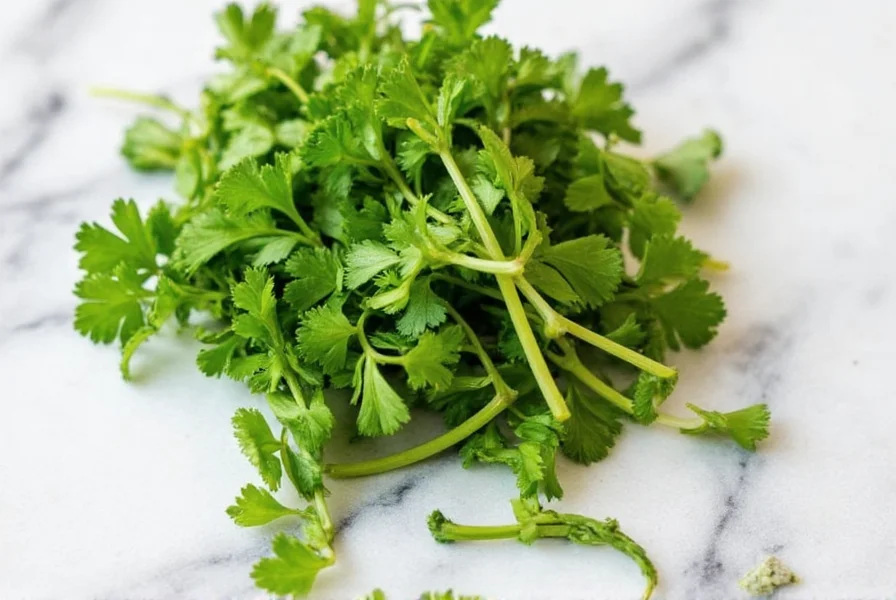
Cilantro is the leafy part of the coriander plant (Coriandrum sativum). While coriander refers to the seeds used as a spice, cilantro specifically means the fresh leaves. It's an herb, not a spice, with a bright, citrusy flavor with a hint of parsley and mint — perfect for giving dishes a zesty lift.
The herb has deep roots in Latin American, Asian, Indian, and Middle Eastern cuisines. In some parts of the world, it's also known as Chinese parsley. Love it or hate it? Science says about 4–14% of people find it soapy due to genetic taste perception — but we're here to win you over!
Fresh vs. Dried Cilantro: What's the Real Difference?
| Feature | Fresh Cilantro | Dried Cilantro |
|---|---|---|
| Flavor Intensity | Bold, citrusy, aromatic | Muted, earthier tones |
| Shelf Life | 3–5 days refrigerated | 6–12 months sealed |
| Best For | Garnishing, salsas, raw use | Cooking, stews, spice blends |
| Texture | Crispy, tender leaves | Crumbly, powdered form |

Fresh cilantro brings that unmistakable burst of flavor to dishes like guacamole and tacos. Meanwhile, dried cilantro works wonders in soups, slow-cooked meals, or spice mixes where intense heat would wilt the delicate leaves anyway.
Top 7 Tips for Using Cilantro Like a Pro Chef
- Add at the end: Cilantro loses its punch when overcooked, so toss it in right before serving.
- Make your own cilantro oil: Blend chopped cilantro with olive oil and a pinch of salt for a vibrant drizzle over grilled veggies or fish.
- Use in pesto: Swap basil with cilantro for a zesty twist. Add garlic, lime juice, and toasted almonds for a tangy, tropical vibe.
- Freeze it: Chop and freeze in ice cube trays with water or olive oil. Instant cilantro cubes for future recipes!
- Pair wisely: Cilantro loves avocado, lime, chili, tomato, and coconut. These combos elevate any dish from "meh" to magnificent.
- Chop finely: To release more flavor, chop cilantro thoroughly. The stems pack flavor too — don't waste them!
- Experiment with global cuisines: From Vietnamese pho to Mexican pozole, explore how different cultures use cilantro in creative ways.
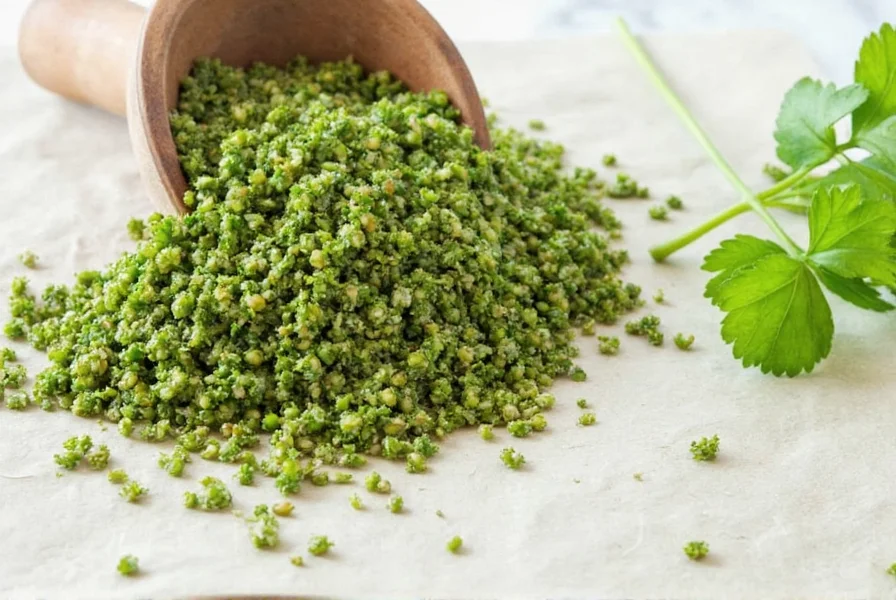
Buying Guide: How to Choose the Best Cilantro Products
Whether you're shopping for fresh bunches or ready-to-use ground forms, knowing what to look for makes all the difference.
Fresh Cilantro Bunches
- Look: Bright green, crisp leaves; avoid yellowing or slimy ones.
- Smell: Should smell fresh, grassy, and lemony—not musty or sour.
- Stem Check: Stems should be firm, not mushy. If the roots are still attached, they should be white and not browned.
Dried Cilantro Flakes
- Color: Vibrant green (not brown). Faded color = lost flavor.
- Packaging: Airtight containers protect aroma and extend shelf life.
- Brand: Look for organic certifications if you prefer purity without preservatives.
Popular Products Comparison
| Product | Features | Advantages | Use Case | Audience |
|---|---|---|---|---|
| McCormick Cilantro Leaves | Organic certified, non-GMO | Strong aroma, long shelf life | Cooking sauces, stews, baked goods | Home cooks, meal preppers |
| SunOpta Organic Cilantro | Vegan-friendly, gluten-free | Pure flavor, no additives | Spice blends, vegan dishes | Vegans, health-conscious eaters |
| Trader Joe's Fresh Cilantro | Inexpensive, locally sourced | Freshness guaranteed, affordable | Tacos, garnishes, salads | Urban dwellers, budget shoppers |
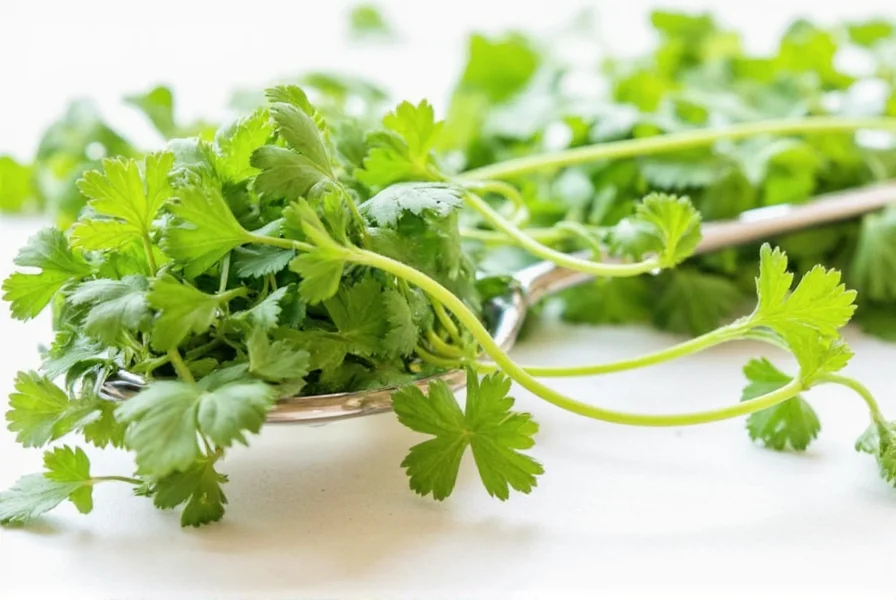
Delicious Recipes That Shine with Cilantro Magic
Cilantro isn't just for show — it can seriously upgrade your meals. Here are some crowd-pleasing recipes to try:
1. Classic Cilantro Lime Rice
- Cook rice with chicken broth and a splash of lime juice.
- Once done, stir in freshly chopped cilantro for a fragrant finish.
- Serve alongside grilled chicken or fish tacos.
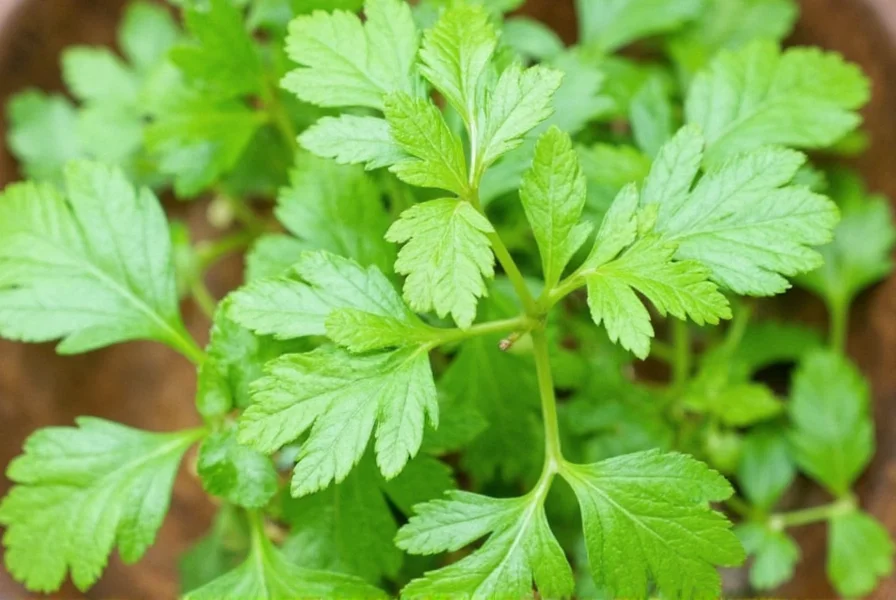
2. Spicy Cilantro Guacamole
- Mash avocados with lime, garlic, jalapeño, onion, and a generous handful of cilantro.
- Add salt and a dash of cumin for extra depth.
- Serve with tortilla chips or on top of burgers.
3. Thai-Inspired Coconut Soup
- Simmer coconut milk with lemongrass, ginger, mushrooms, and a touch of fish sauce.
- Finish with fresh cilantro and a squeeze of lime.
- Ideal for cold nights or post-workout comfort food.
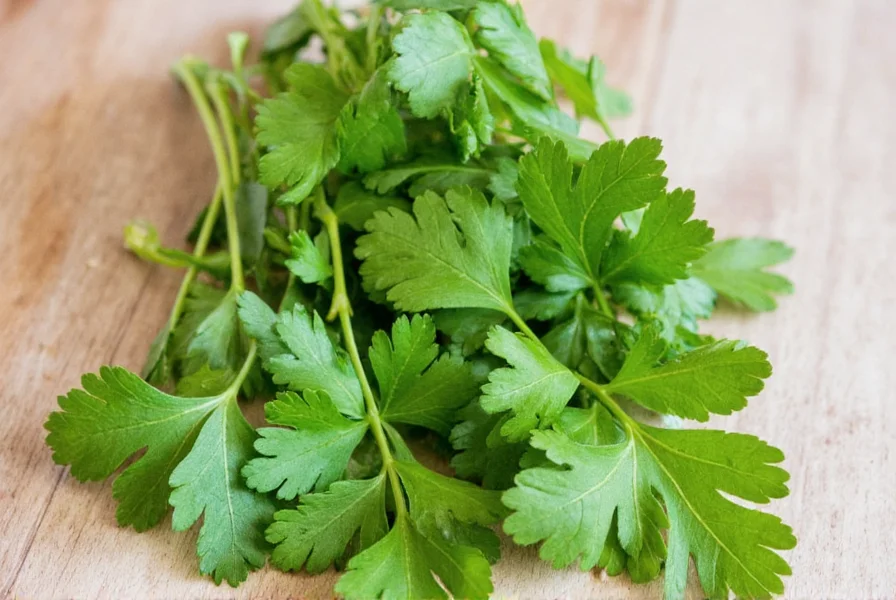
Fun Facts and Quirky Trivia About Cilantro
- Did you know? Ancient Egyptians used cilantro in their embalming process — talk about staying power!
- Cilantro contains antioxidants and may help reduce inflammation and blood sugar levels.
- It's sometimes called "coriander leaf" outside North America, which often confuses travelers.
- Some studies suggest cilantro might help detoxify heavy metals from the body — though results vary.
- There's even a rare condition called "cilantro taste aversion," affecting around 10% of people who describe it as tasting like soap.
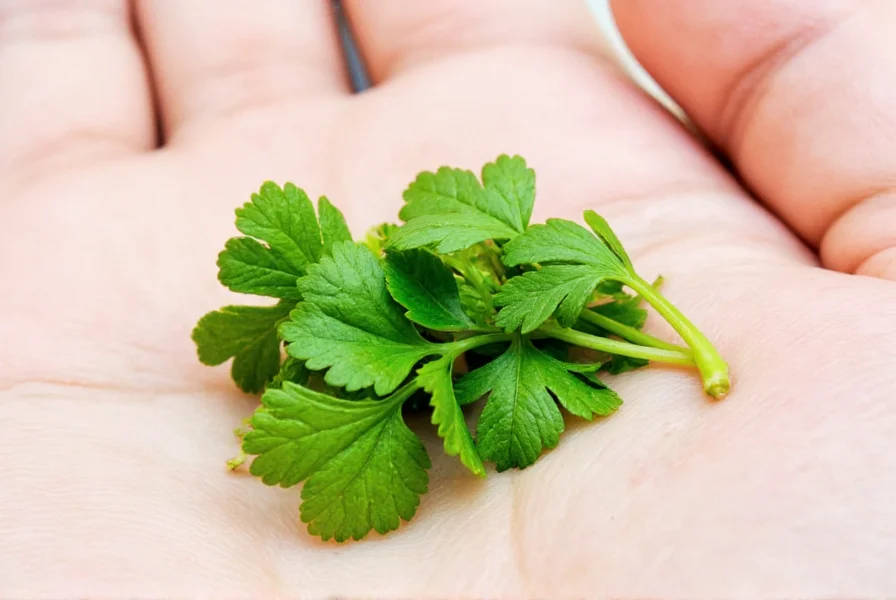
Frequently Asked Questions About Cilantro
Is cilantro a spice or an herb?
Cilantro is an herb, not a spice. It refers to the fresh leaves of the coriander plant (Coriandrum sativum). The spice version, called coriander, comes from the dried seeds of the same plant. In many countries outside North America, the leaves are called coriander, which can cause confusion.
What's the difference between cilantro and coriander?
Cilantro refers specifically to the fresh leaves and stems of the coriander plant, with a bright, citrusy flavor. Coriander as a spice comes from the dried seeds of the same plant, offering warm, nutty, and slightly citrus notes but with a completely different flavor profile. In many countries outside North America, the leaves are called coriander, which can cause confusion.
How can I make my own dried cilantro at home?
To make your own dried cilantro, wash fresh cilantro thoroughly and pat dry. Spread the leaves (stems can be included too) in a single layer on a baking sheet and dry either in a dehydrator at 95°F (35°C) for 8-12 hours, or in your oven on the lowest setting with the door slightly ajar for 2-4 hours. Once completely dry and brittle, crumble the leaves into a fine powder using a spice grinder or mortar and pestle. Store in an airtight container away from light for up to 6 months.
What spices pair best with cilantro in cooking?
Cilantro pairs beautifully with cumin, chili powder, smoked paprika, turmeric, and garlic powder. For Mexican dishes, combine with cumin and chili powder; for Asian recipes, pair with ginger and garlic; for Indian curries, use with turmeric and cumin. Lime or lemon zest also enhances cilantro's natural citrus notes. When using dried cilantro, it works particularly well with other dried spices in rubs and marinades.
When should I use dried cilantro versus fresh in my cooking?
Use fresh cilantro when you want a bright, vibrant flavor and as a finishing garnish (like in salsas, guacamole, or on finished dishes). Use dried cilantro when cooking dishes that require longer cooking times (like stews, soups, or braises) where fresh cilantro would wilt and lose its flavor. Dried cilantro is also better for spice blends, rubs, and baked goods where the fresh herb wouldn't hold up. Remember that dried cilantro has about 3 times the potency of fresh, so adjust quantities accordingly.
How do I preserve cilantro for long-term use?
To preserve cilantro for long-term use: 1) Wash and thoroughly dry fresh cilantro (a salad spinner works well) 2) Remove any damaged leaves 3) Dry using one of these methods: air drying (hang small bunches upside down in a dark, dry place for 1-2 weeks), oven drying (lowest setting with door ajar for 2-4 hours), or dehydrator (95°F/35°C for 8-12 hours) 4) Once completely dry and crumbly, remove leaves from stems 5) Grind to a fine powder using a spice grinder 6) Store in an airtight container in a cool, dark place. Properly dried cilantro will last 6-12 months while retaining most of its flavor.
Conclusion: Embrace the Cilantro Craze!
From zesty salsas to exotic curries, cilantro is more than just a garnish — it's a flavor bomb waiting to explode in your kitchen. Whether you're a seasoned chef or a weekend warrior, mastering this versatile herb opens up a whole new culinary universe.
So next time you see a bunch of cilantro at the grocery store, don't pass it by. Sniff it, chop it, sprinkle it — let it become your secret weapon in creating unforgettable dishes. And remember: whether you love it or loathe it, one thing's for sure — cilantro definitely doesn't blend in quietly.
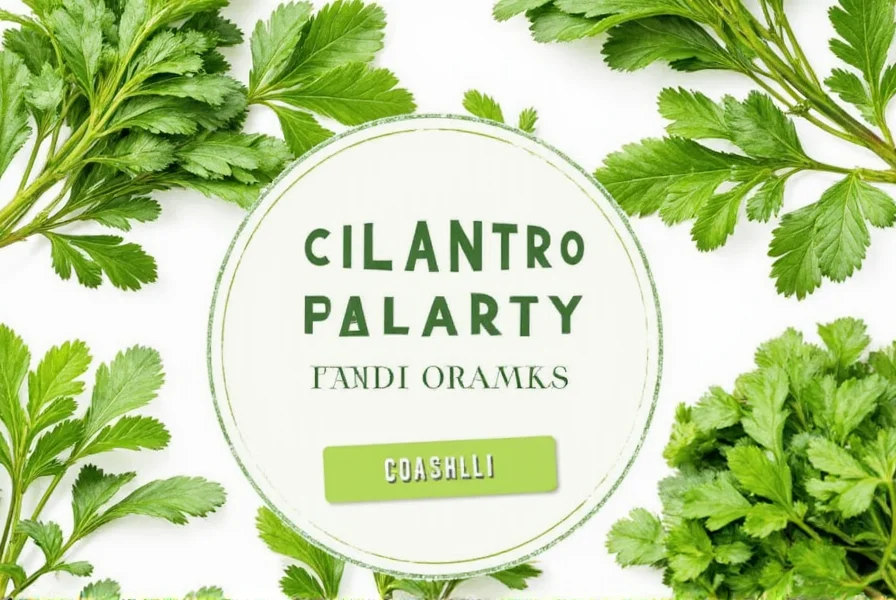
Got a favorite cilantro recipe or tip? Share it in the comments below — we'd love to hear from you!

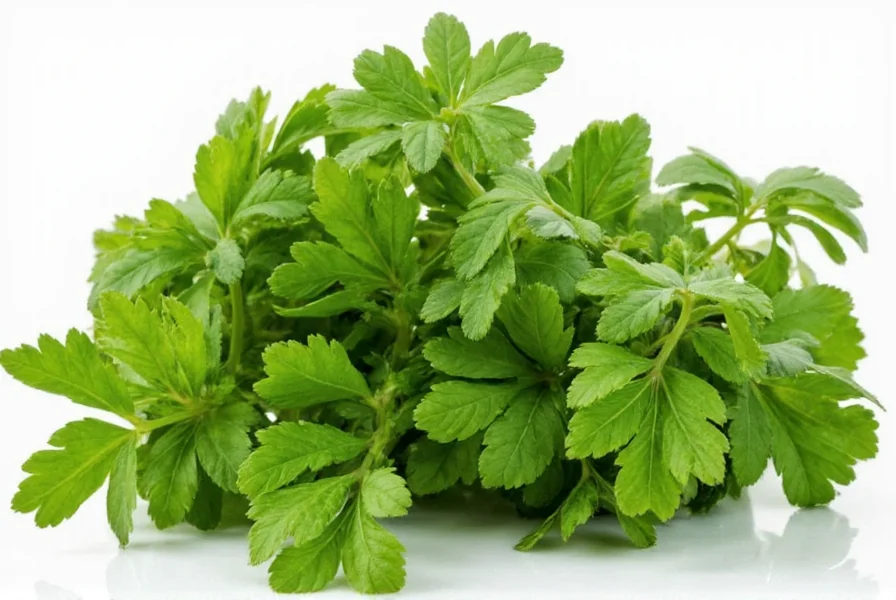









 浙公网安备
33010002000092号
浙公网安备
33010002000092号 浙B2-20120091-4
浙B2-20120091-4